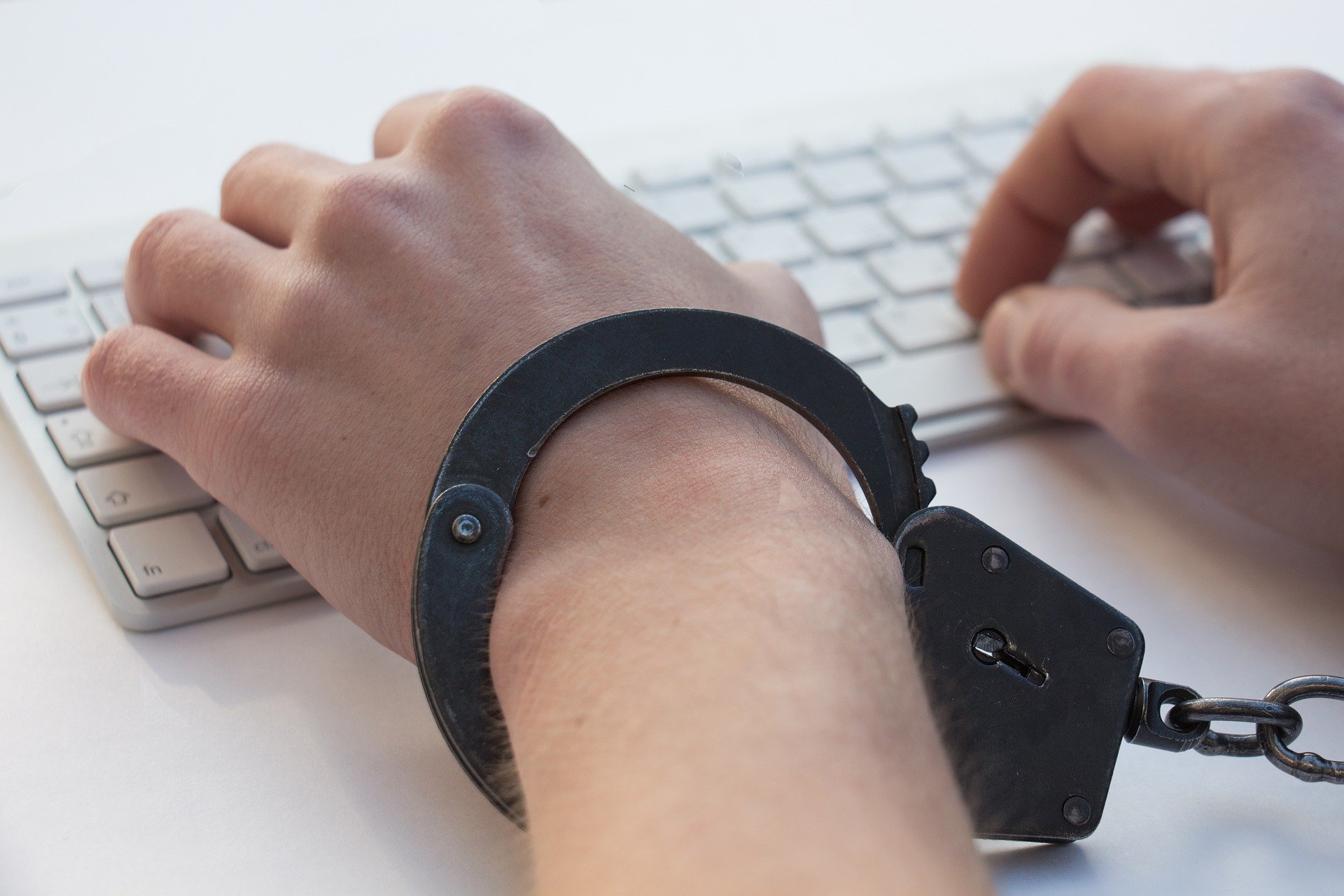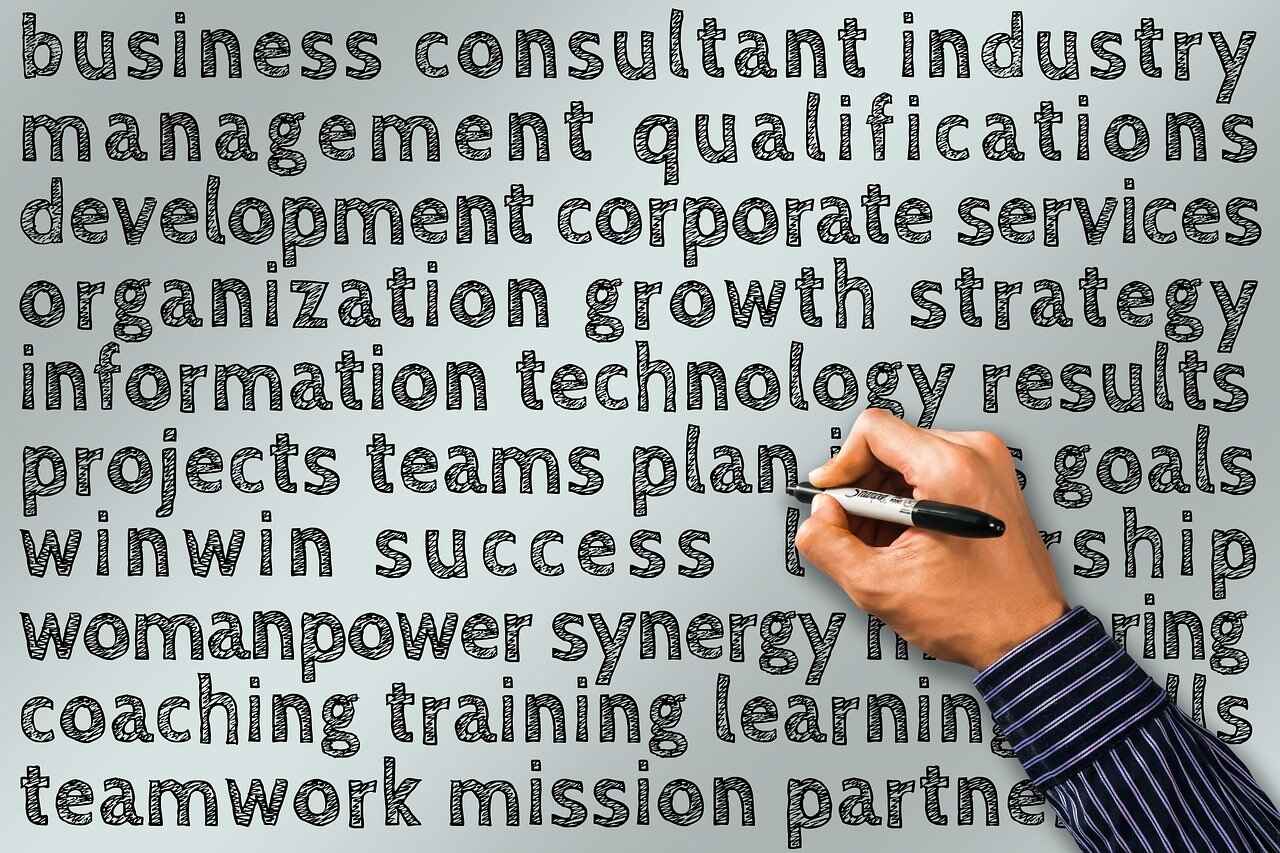One real yet oft-overlooked content marketing risk is plagiarism. Plagiarism issues present serious problems, so it’s vital to know how to identify them.
Content is important to companies. It’s often said that “content is king.” Why? Great content attracts customers, creates awareness, engages visitors, and more. Content promotes the company, creates a brand position in the minds of the customer, keeps them coming back to the site, and creates goodwill. And content is key to search engine optimization (SEO). Done properly, SEO raises a site’s rank with the search engines.
Companies sometimes hire in-house content creators to produce all the digital content. More often, an existing employee will be tasked with the additional role of content creator.
Because of time constraints and other responsibilities, employees often try to rush through the content creation process. This can sometimes inadvertently lead to plagiarism issues.
Consequences of plagiarism
Plagiarism is a scary word — one that high school and college students often meet with dread. No one wants to be called onto the carpet for copying or stealing someone else’s work. The word “plagiarism” derives from the Latin word “plagiarius,” which means “to kidnap.” In this case, it refers to kidnapping someone else’s words or ideas.
As businesses try to produce a constant stream of new, timely information, sometimes plagiarism issues occur, and they are often unintentional. However, these mistakes may eventually lead to career problems for the employee. He or she may be fired, or the company could be sued. In some cases, the perpetrators face jail time. It’s simply not worth the risk.
The three most common forms of plagiarism are as follows.

Self-plagiarism
Self-plagiarism occurs when a person takes something that they have written or published in the past and re-uses all or part of it. Some employees under a time crunch may resort to searching for an old article or blog that they wrote a few years back for another employer and copying and pasting a paragraph or two.
Source-based plagiarism
This type of plagiarism occurs when the writer copies someone else’s work or takes someone else’s idea without citing the source. This is often done because of laziness or dishonesty. It is essential that companies stress the importance of citing sources.
Mosaic plagiarism
As its name indicates, this type of plagiarism is more complex. The writer gets information from many different sources and tries to piece it together into a collage. The writer may paraphrase or find synonyms but still does not give credit to the original authors for their words and ideas. Click here for examples of this kind of plagiarism.
Solutions to plagiarism issues
These types of plagiarism may seem harmless, but engaging in and/or overlooking these behaviors is very risky for both the company and the employee. If plagiarism is discovered, the company’s and the employee’s reputations can be severely affected.
To avoid plagiarism problems, consider outsourcing content creation to a company such as Tempesta Media. Tempesta Media’s platform has a built-in checker that detects plagiarism at the creation stage, helping to avoid plagiarism issues and all problems connected with it.
Most companies want to focus on providing the best product or service to their customers as well as gaining the best results for their stakeholders. Outsourcing content creation will result in quality communication with target audiences. Plagiarism is just one of many possible but easily avoidable content strategy mistakes companies make.
Check out this downloadable e-book that outlines 100 content strategy mistakes businesses make and how to avoid them.











